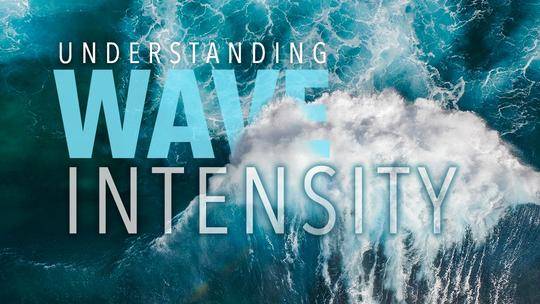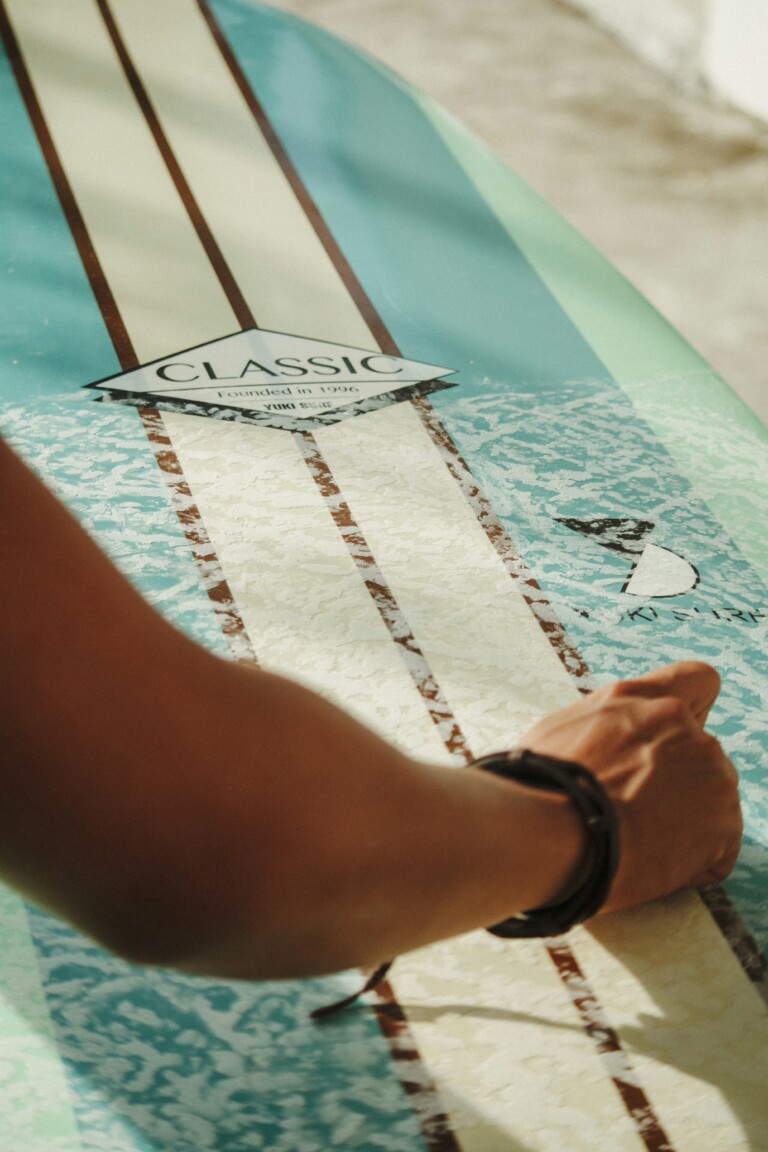Most moderately-skilled surfers can quickly catch and ride just about any mild, gently rolling wave, even if it’s technically fifteen feet from crest to trough. But even the best surfers in the world struggle to survive, let alone catch and ride, a fifteen-foot wave at Teahupoo. The difference, in a word, is intensity.
THE ANATOMY OF INTENSITY
Two of the most critical factors that contribute to a wave’s power include its height and its steepness. Note that while velocity is an equally important factor, more massive waves travel more quickly than smaller ones, and steep waves crash more rapidly than mushy ones. So for the sake of simplicity, we’ll take a higher wave velocity for granted when we talk about taller and steeper waves here.
WAVE HEIGHT
Generally, when surfers compare waves concerning magnitude, they talk regarding wave height. This is only natural, as a wave’s height is the easiest feature of a wave’s magnitude to spot and communicate. Although wave height alone will not tell you how intense a crashing wave will be, it is a major contributing factor.
As a general rule, if you take two otherwise identical waves, with one twice as tall as the other, the taller one will crash on you with four times the intensity as the smaller one. Roughly speaking, this is because wave intensity increases as the square of wave height. Keep this in mind next time you paddle out into slightly larger surf than you’re used to.
STEEPNESS
Despite the importance of wave height in determining wave intensity, many experts would argue that wave steepness is a more important factor.
If a wave face is just steep enough to generate some foam and whitewater near the crest, then it will result in a relatively low-intensity, slow, mellow crash. On the other hand, if the wave face isso steep that it’s collapsing all at once, then it will result in a relatively high-intensity, sudden, barreling crash.
Still, not all barreling waves are equally intense. Generally speaking, the higher the proportion of the wave’s mass that is hurled into the crest and “over the falls,” the wider the barrels will be, and the more intense the crash. Another way of saying this is that the more “top heavy” a wave is when it crashes, the more intense and dangerous that crash will be.
For example, Pipeline and Teahupoo both generate waves that, under most conditions, collapse top-to-bottom over shallow reefs. Thus they are both considered extremely hazardous, high-intensity waves. Nonetheless, Teahupoo wave intensity is often significantly greater than Pipeline’s, and under some conditions, it’s off the charts.
This is because the shallow reef at Teahupoo stops large, fast-moving oceans swells so suddenly, and so completely, that they collapse in a freakishly strong and top-heavy barrel that is often twice as wide as it is tall. As a result, Teahupoo has often been called “the heaviest wave in the world.”
Wind strength and direction can also make a tremendous difference in the steepness of a crashing wave. Strong offshore winds will delay the moment that a wave collapses, forcing more water into the crest of the wave. This process often results in a more intense, and more oppressive, crash. Onshore winds, on the other hand, will force a wave to collapse prematurely, often resulting in a mushy crest and a relatively low-intensity wave. Tides are another vital factor that can affect wave steepness dramatically.
FINDING OR AVOIDING HIGH-INTENSITY WAVES
Most surfers recognize at least three common types of breaks: beach breaks, point breaks, and reef breaks.
Beach breaks tend to generate relatively low-intensity waves; point breaks tend to create medium-intensity waves, and reef breaks tend to create high-intensity waves. But keep in mind that there are endless exceptions to these rules of thumb.
Puerto Escondido, for example, is a beach break with some of the most hazardous, high-intensity, top-to-bottom barrels in the world. At the same time, plenty of reef breaks may produce relatively mushy, low-intensity waves under certain conditions, such as high tide and onshore winds.
For this reason, the best way to gauge the wave intensity of certain breaks, especially if you’re not ready to surf them, is to carefully observe each of them year-around, in every possible combination of swell, wind and tide.
















